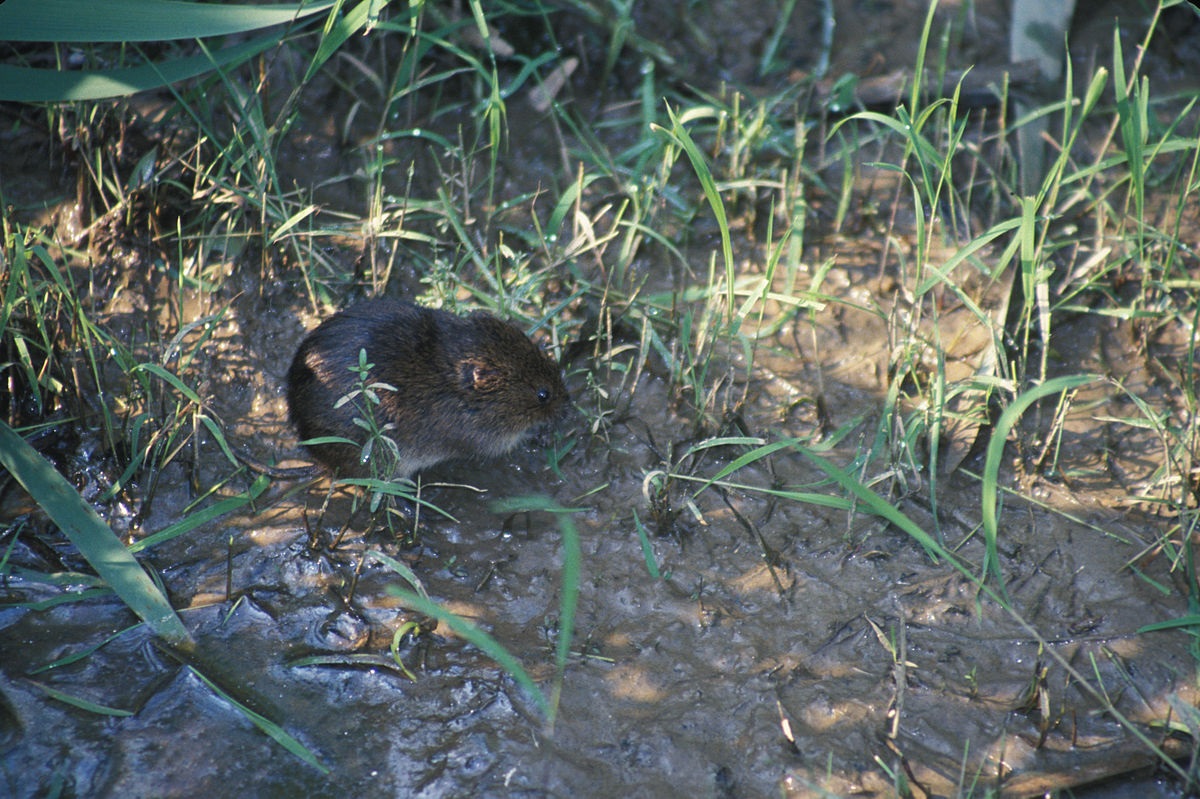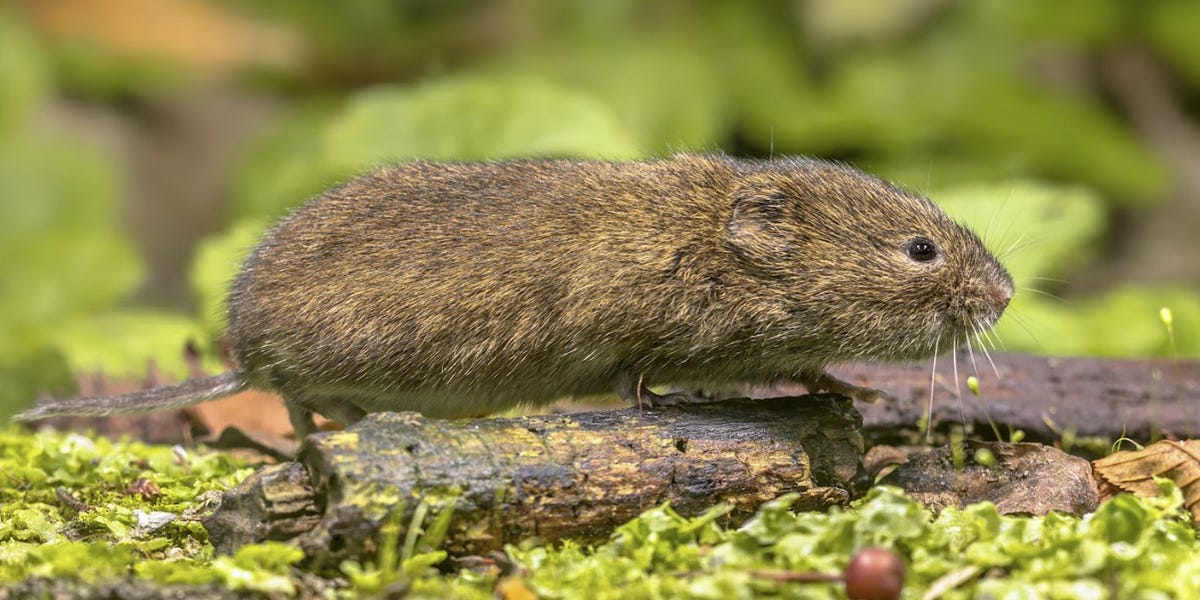Say Goodbye to Vole Damage: Expert Vole Control Solutions
Say Goodbye to Vole Damage: Expert Vole Control Solutions
Blog Article
Mastering Vole Pest Control: Thorough Insights on Infestation Avoidance and Treatment Methods
By identifying the subtle signs of vole invasion early on, we can take positive actions to protect against extensive damage. In this conversation, we will explore the nuances of vole behavior, dig into the identification of infestation signs, and reveal the most effective prevention and treatment techniques.
Recognizing Vole Actions
Taking a look at the foraging patterns of voles provides useful insights into their habits and environment choices. Voles, tiny rats looking like computer mice, are herbivores understood for their below ground tunneling tasks. By observing their foraging habits, scientists can acquire a better understanding of where voles favor to develop their environments and the degree of their environmental effect. Voles are respected dog breeders, with a single women with the ability of generating several trashes in a year, making it important to comprehend their behavior for reliable bug control techniques.
Research study suggests that voles show discerning feeding behaviors, preferring roots, seeds, and tubers - vole yard damage. This dietary choice influences their foraging patterns, leading them to locations abundant in vegetation and ground cover. Furthermore, voles are understood to create intricate passage systems for foraging and nesting purposes, indicating a high level of versatility to their environments
Comprehending vole behavior is important for carrying out targeted pest control procedures that disrupt their environment preferences and foraging tasks. By studying their habits, specialists can create a lot more effective avoidance and treatment approaches to manage vole infestations.
Identifying Signs of Vole Problem
Vole problems can be detected by identifying specific indications of their presence in an area. One of the most common indicators of a vole infestation is the presence of surface area runways. Voles create networks of slim paths on the ground that are generally around 2 inches large. These runways are typically discovered in grassy areas or underneath mulch or ground cover where voles can move openly and look for food.
Another key indication of vole invasion is the visibility of little burrow openings in the ground. Furthermore, voles are known to leave behind chewed plant stems, roots, and bulbs near their burrow openings, suggesting their feeding activity in the location.
Additionally, vole droppings can also symbolize their existence (vole pest control). Vole droppings are little, brown, and round in shape, looking like grains of rice. Finding these droppings along runways or near burrow openings can verify a vole infestation. By being alert for these signs, property proprietors can immediately attend to vole problems and stop further damage.
Applying Proactive Avoidance Measures
To successfully minimize the risks connected with vole invasions, property owners can proactively carry out an array of precautionary steps intended at safeguarding their yards and landscapes. In addition, keeping garden areas clean and lessening mess where voles can conceal or nest is essential in lowering their visibility.
In addition, using natural vole deterrents like castor oil-based repellents or killer pee can function as effective safety nets. It is likewise recommended to consistently inspect outdoor rooms for any kind of indicators of vole task, such as paths or delve openings, to resolve prospective invasions immediately. By taking on these aggressive avoidance methods, property owners can dramatically decrease the probability of vole damages and preserve the health and wellness and appearances of their landscapes.
Reliable Therapy Methods
Integrating targeted trapping methods and making use of accepted rodenticides are crucial parts of reliable treatment techniques for managing vole problems. Capturing can be a reliable way to reduce vole populaces, particularly when placed purposefully in their energetic paths. Snap traps and live traps can both work, with the latter allowing for the capture and moving of voles. When using rodenticides, it is vital to comply with safety standards to prevent harm to non-target pets and animals. Area rodenticides in protected lure stations to decrease dangers to unintended targets. In addition, habitat alteration, such as minimizing ground cover and eliminating resources of food, can help prevent voles from infesting a location. Regular tracking and maintenance are also crucial facets of successful treatment methods to guarantee that vole populaces are kept under control. By incorporating trapping, rodenticides, habitat alteration, and constant monitoring, efficient vole pest control can be accomplished.

Monitoring and Maintenance Tips
Regular surveillance enables for the early detection of vole task, making it possible for prompt treatment prior to invasions intensify. To properly keep track of vole populations, purposefully put catches can be used in vole paths or near burrow entrances.
In addition, keeping a clean and well-kept landscape is vital in vole prevention. Cleaning away particles, such as stacks of timber or dense plant life, eliminates potential vole environments. Routinely cutting and trimming lawns plant life assists lower vole hiding places and lessens their accessibility to food sources.

Final Thought
To conclude, grasping vole parasite control requires a strong understanding of vole actions, the capacity to determine indications of invasion, implementing proactive prevention procedures, efficient therapy approaches, and constant tracking and maintenance. By taking an extensive method to vole control, individuals can effectively take care of and prevent problems, eventually shielding their property and surrounding get more environment from damages created by these little rodents.
In this discussion, we will certainly explore the subtleties of useful reference vole habits, dive into the identification of problem signs, and discover the most efficient avoidance and therapy techniques.Integrating targeted trapping methods and using approved rodenticides are essential parts of effective therapy approaches for managing vole problems. To properly keep an eye on vole populations, purposefully placed traps can be made use of in vole runways or near burrow entries. Evaluating and fixing any kind of problems to these frameworks makes sure that vole control stays effective in guarding residential or commercial properties from infestations. By integrating these monitoring and maintenance practices right into a thorough vole pest control plan, people can efficiently handle vole populations and secure their homes from damages.
Report this page